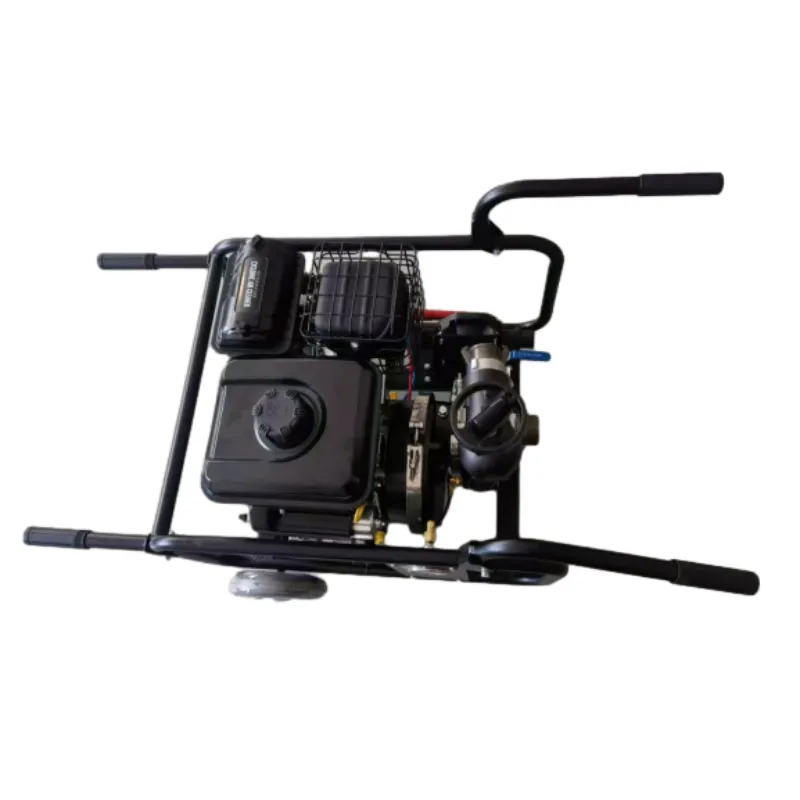

Another dimension of total fire pump cost is the long-term operational expenses. Operational costs are impacted by the efficiency of the pump; thus, investing in energy-efficient models can lead to significant savings over time. Maintenance, a key component of operational costs, varies depending on the pump type and operational environment. Regular inspection and testing, as mandated by fire safety regulations, are essential but can increase costs. Engaging with trustworthy maintenance providers who offer comprehensive service packages ensures reliability and cost efficiency. Regulatory compliance is a critical factor in evaluating fire pump costs. Each locality may have distinct requirements that can impact both the choice of equipment and its associated costs. Compliance with standards such as those outlined by the National Fire Protection Association (NFPA) or other local bodies is non-negotiable, and the expertise in navigating these regulations can prevent costly legal repercussions. Lastly, technological advancements in fire pumps present opportunities for cost savings. Modern pumps boast features like variable frequency drives (VFDs) which offer energy savings and reduced wear and tear, thus extending the pump's life and decreasing maintenance costs. Real-world experience demonstrates investing in cutting-edge technology, while initially more expensive, often yields superior reliability and cost-efficiency over the life of the pump. Choosing the optimal fire pump is a multifaceted decision requiring consideration beyond initial costs. By prioritizing expertise, industry authority, and trustworthy practices in selecting and maintaining fire pumps, businesses can achieve a cost-effective solution that guarantees heightened fire safety. This comprehensive approach not only secures immediate needs but also strategically navigates long-term financial and safety challenges.




























